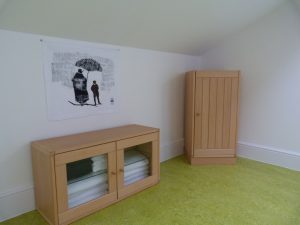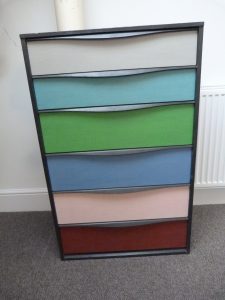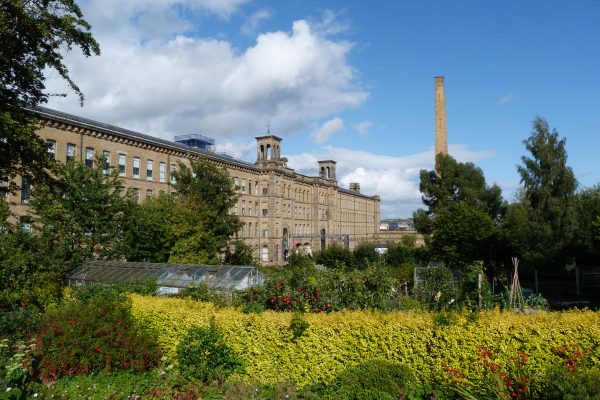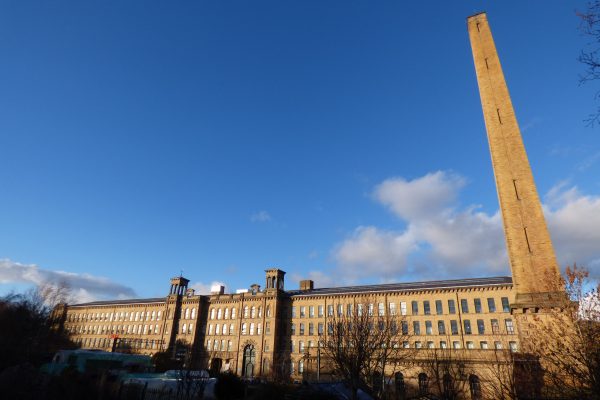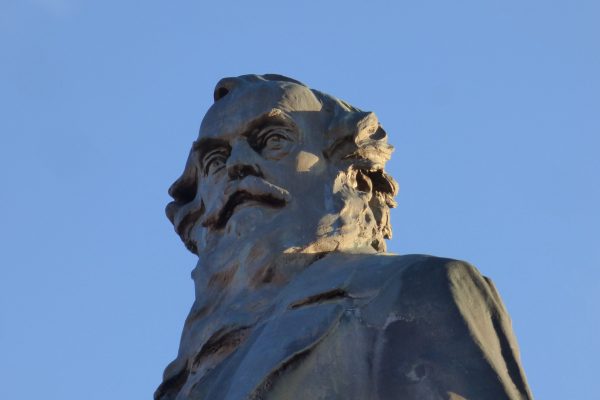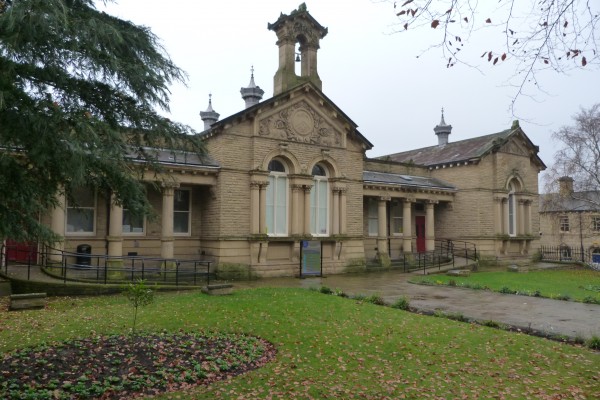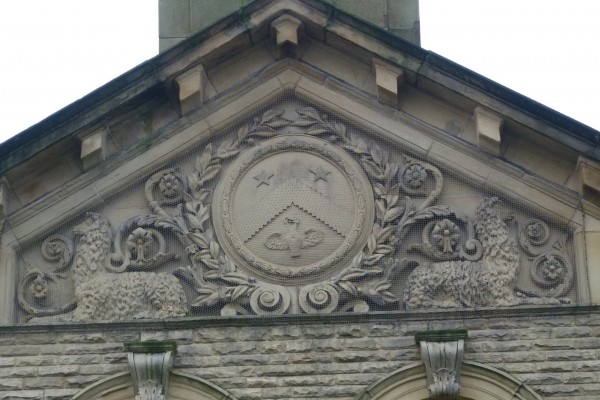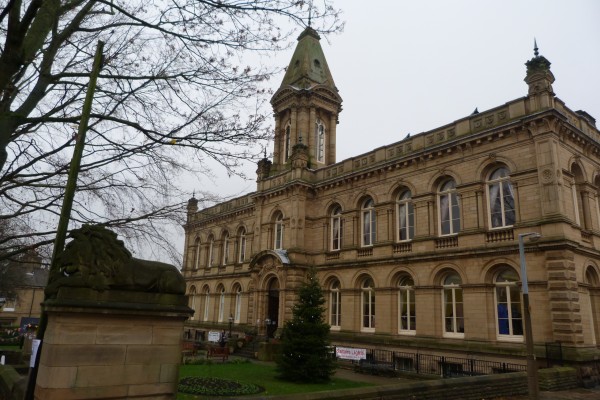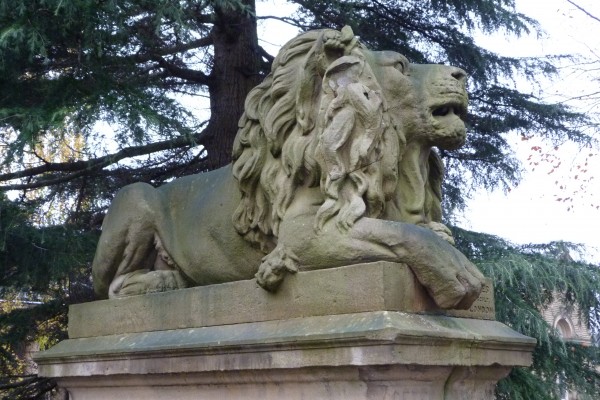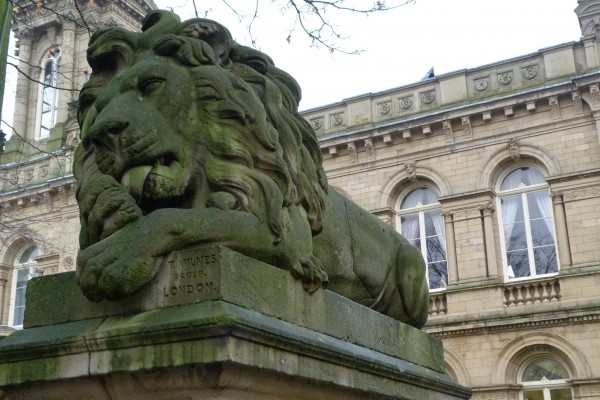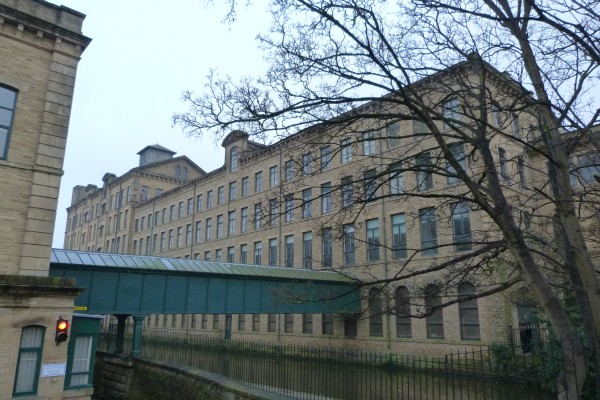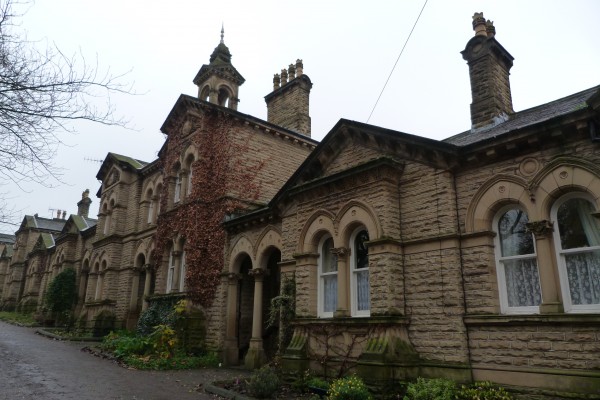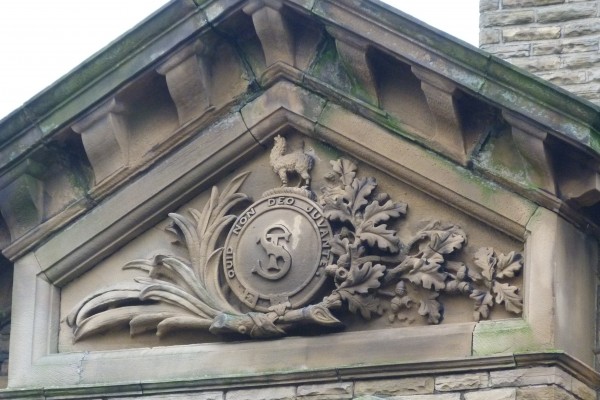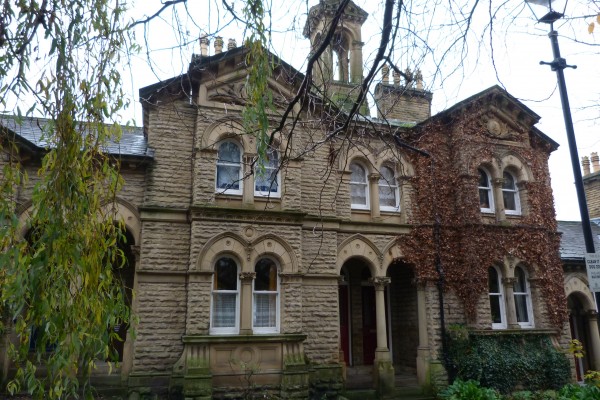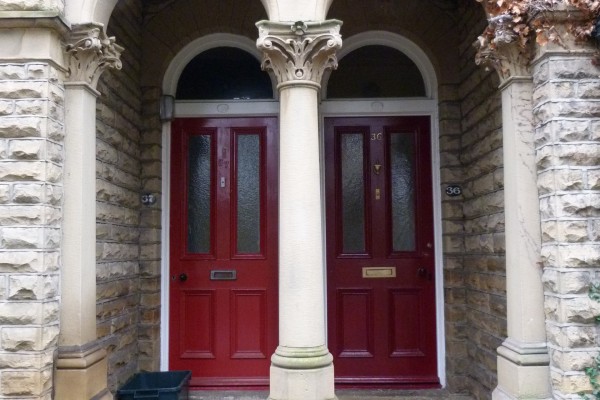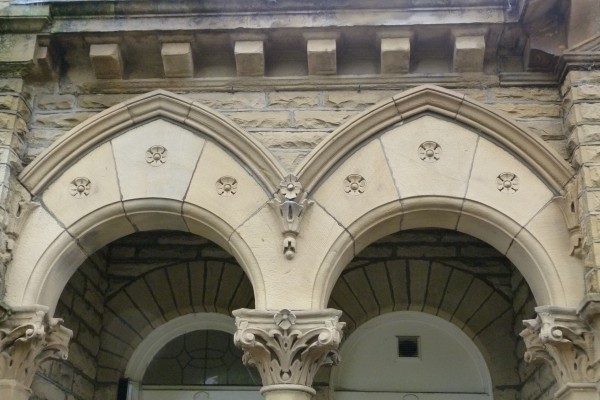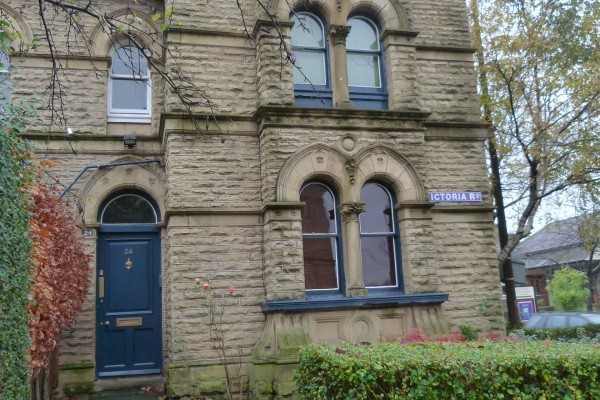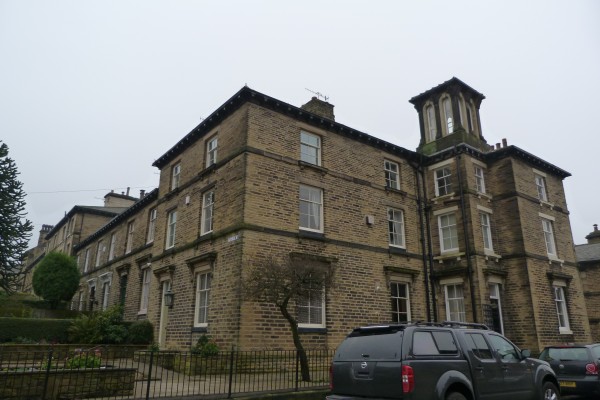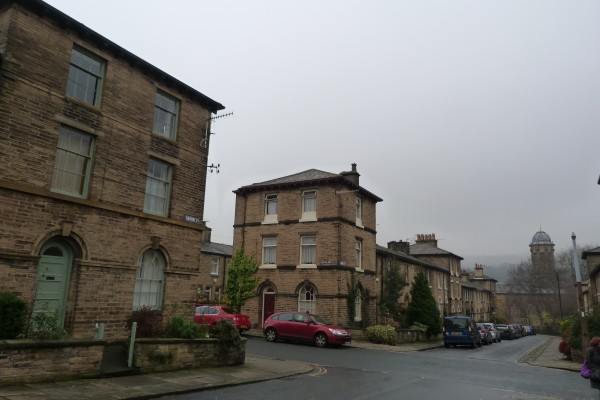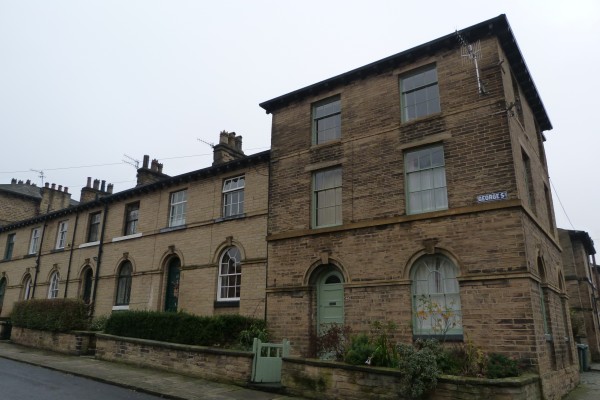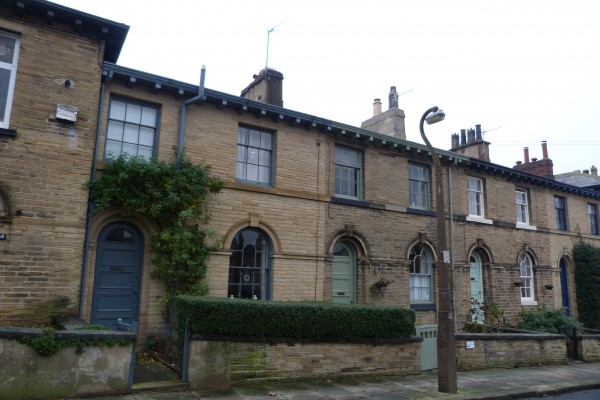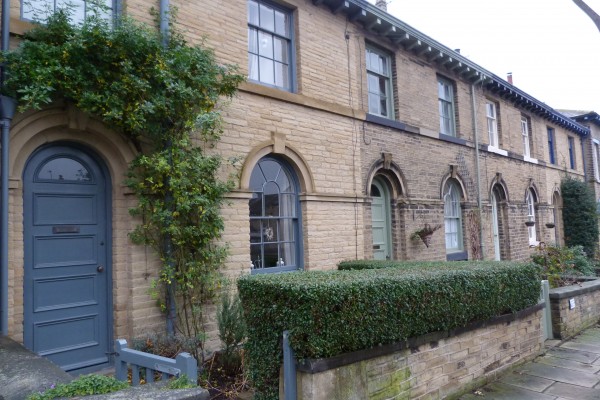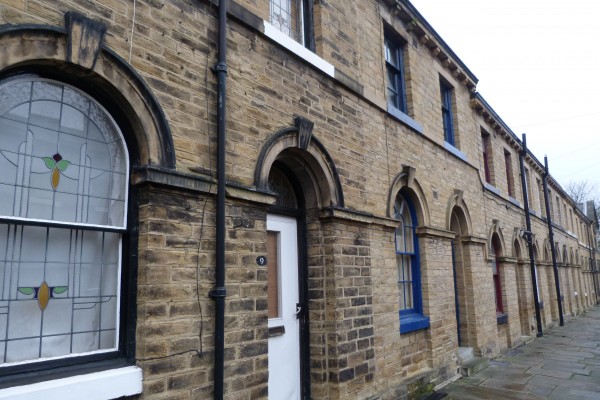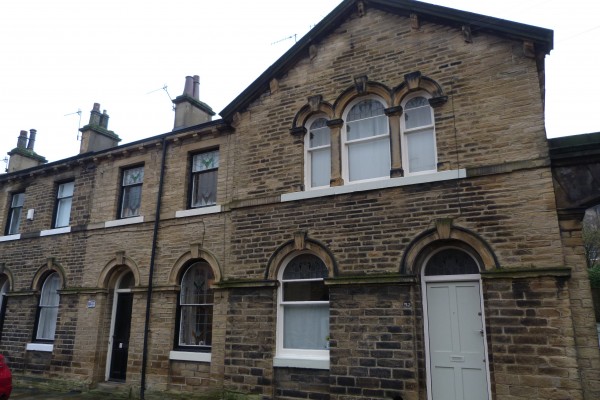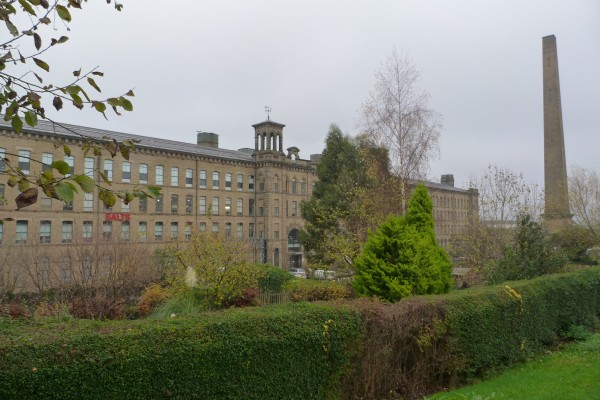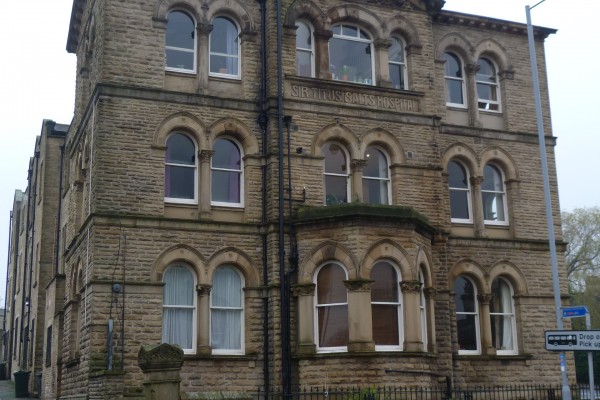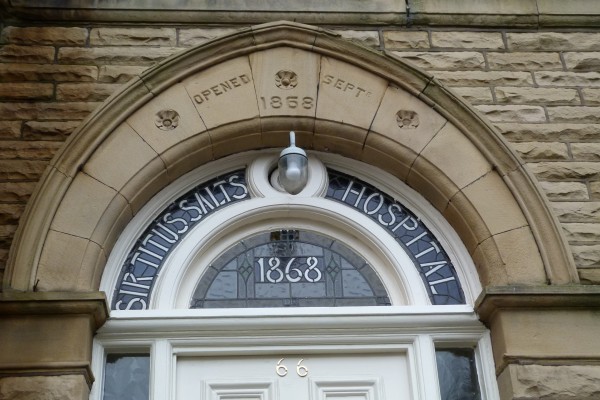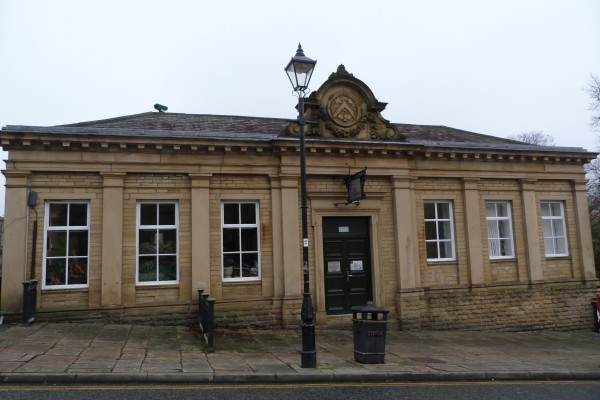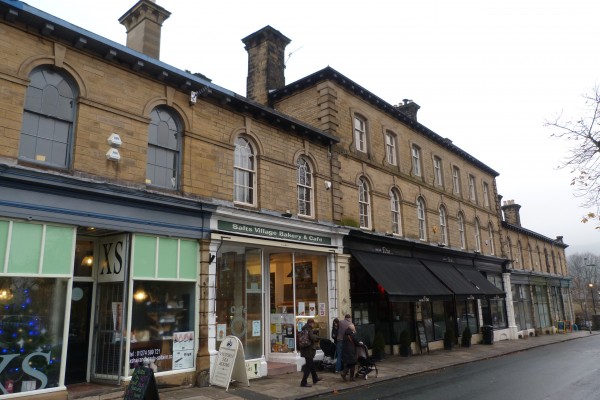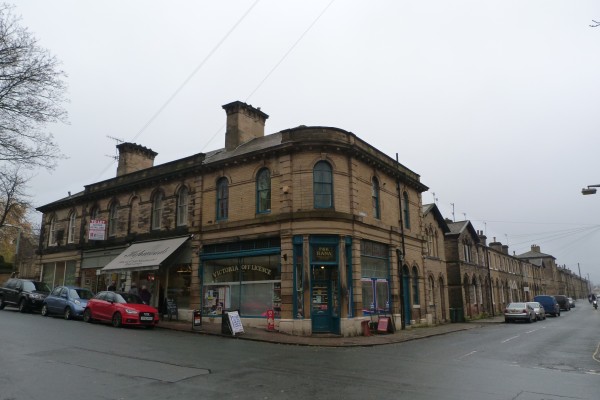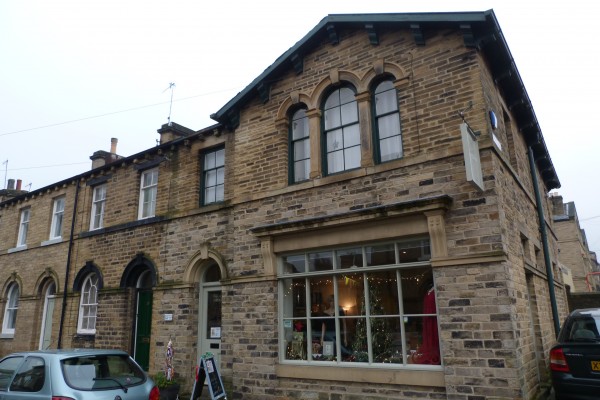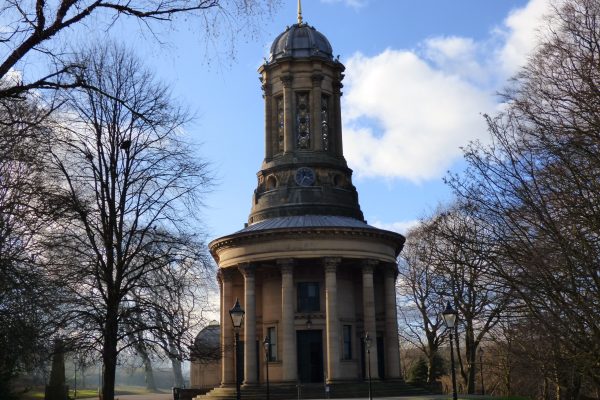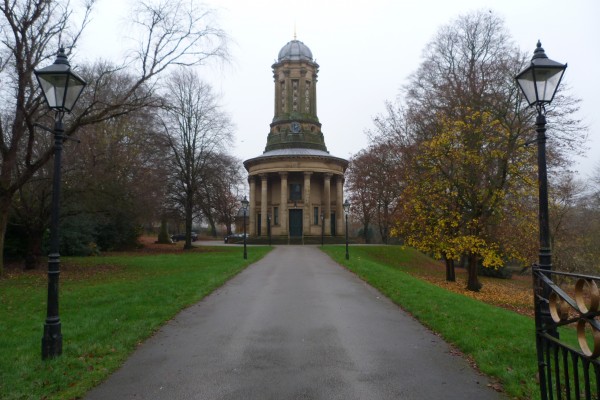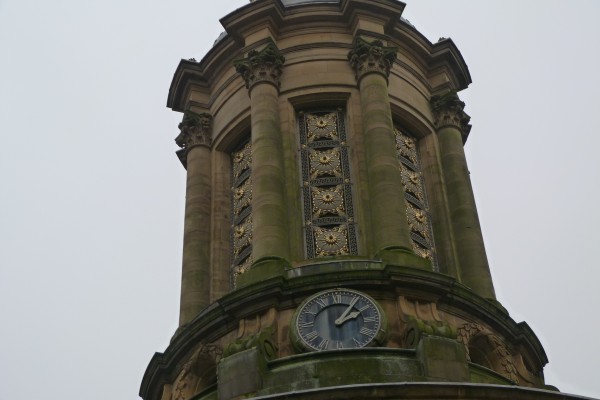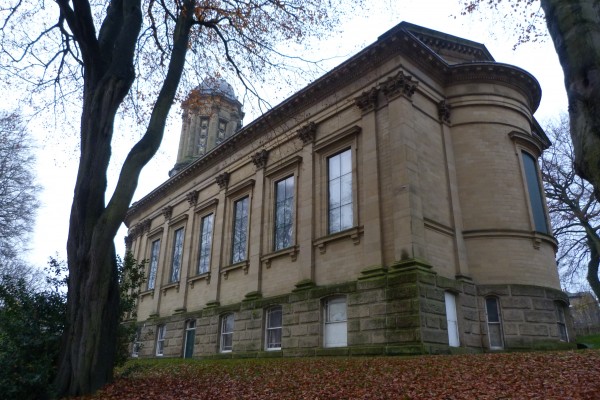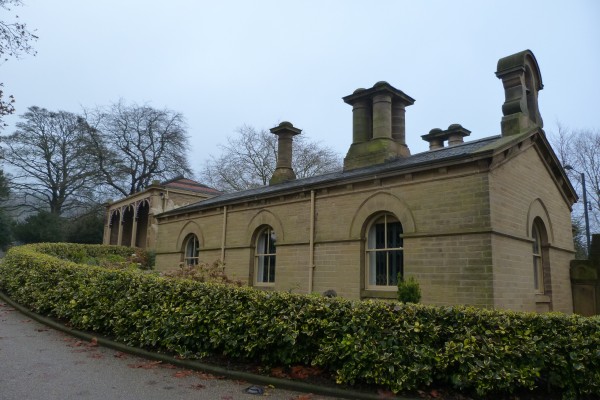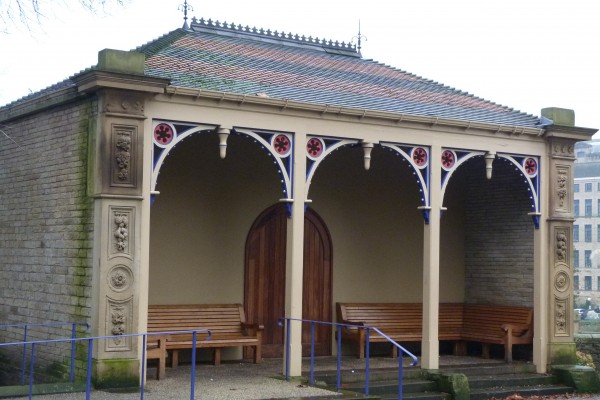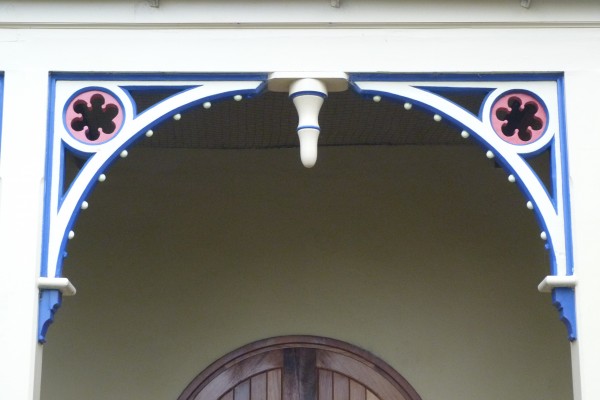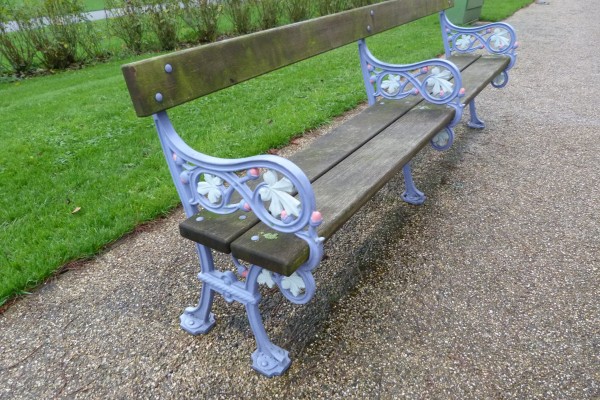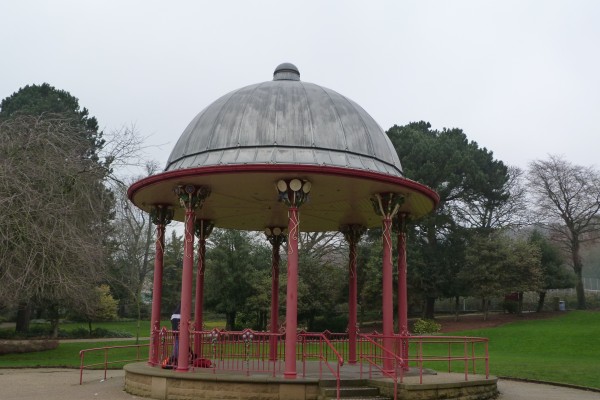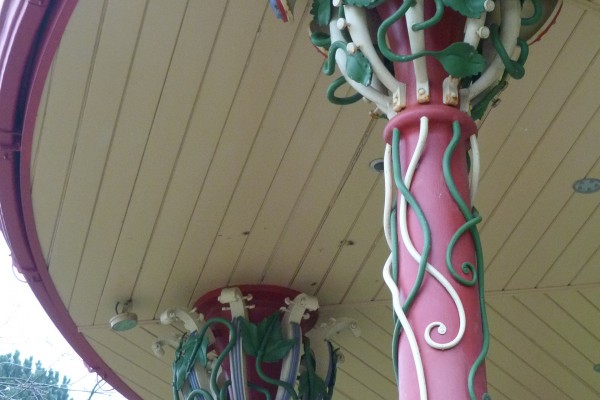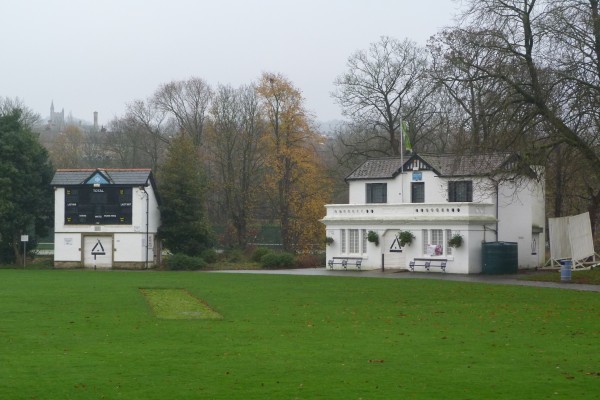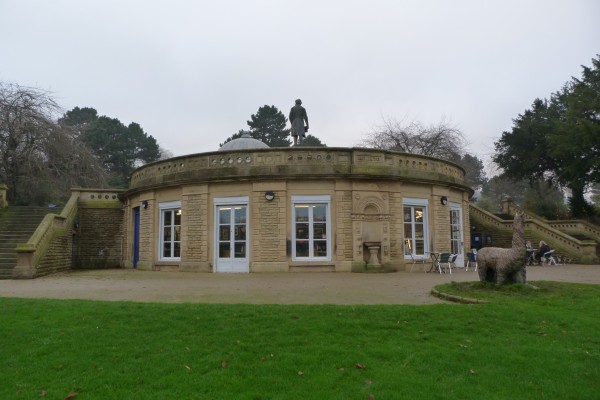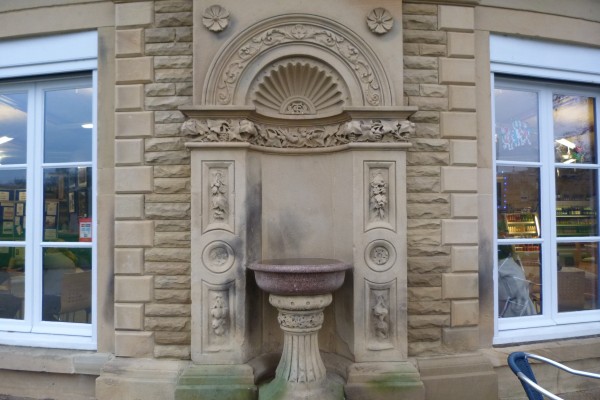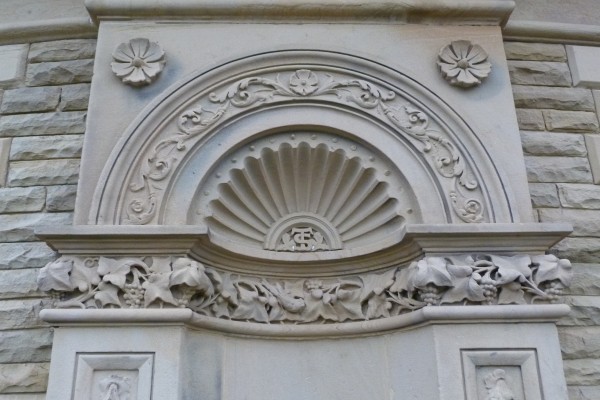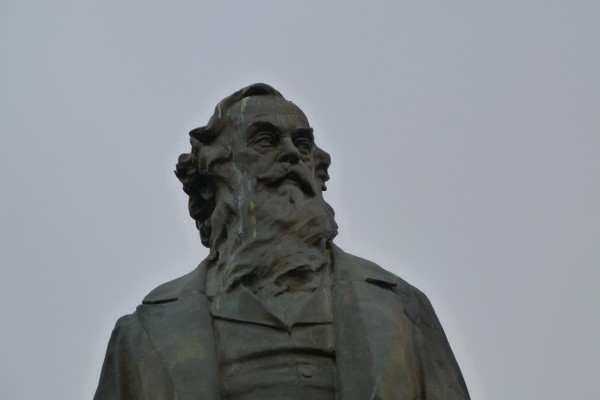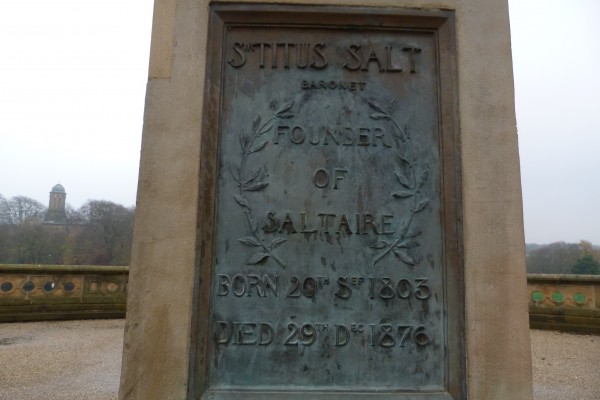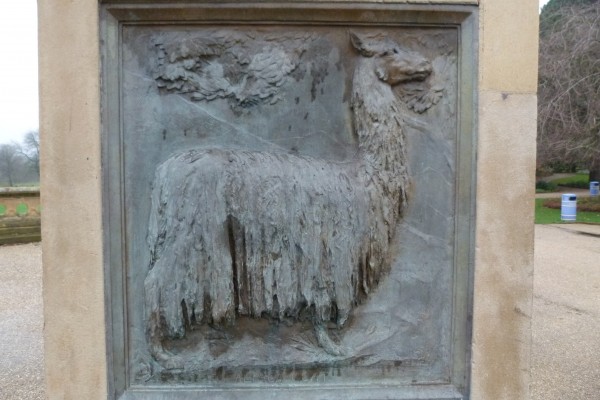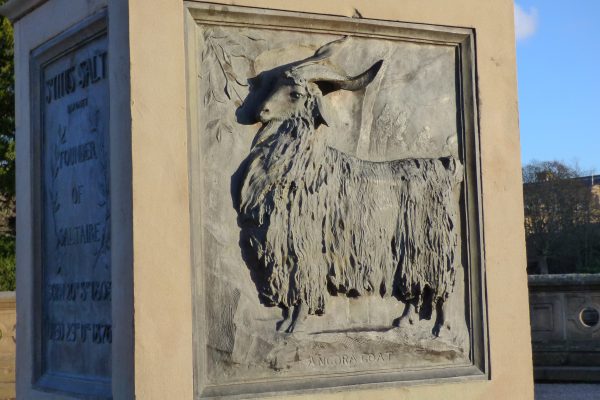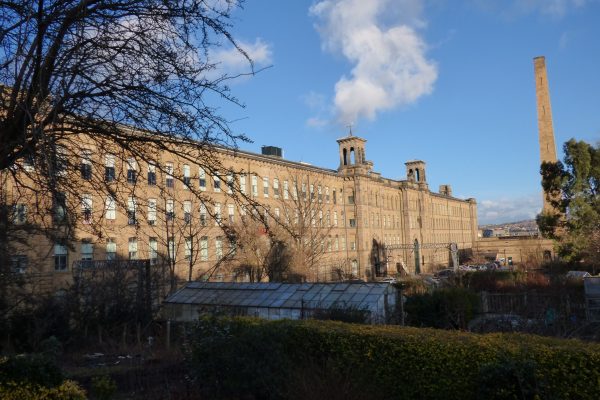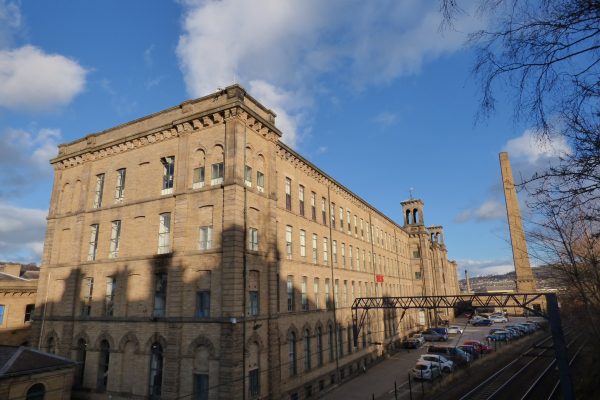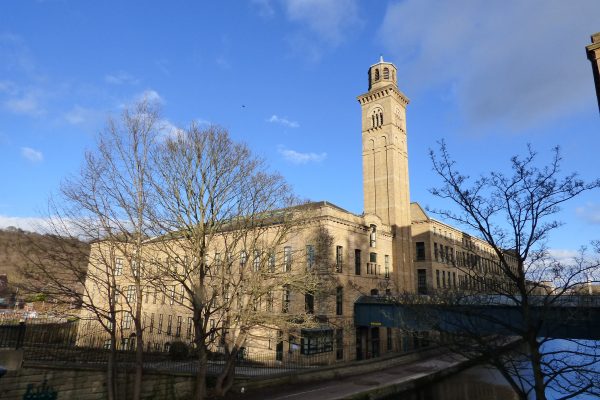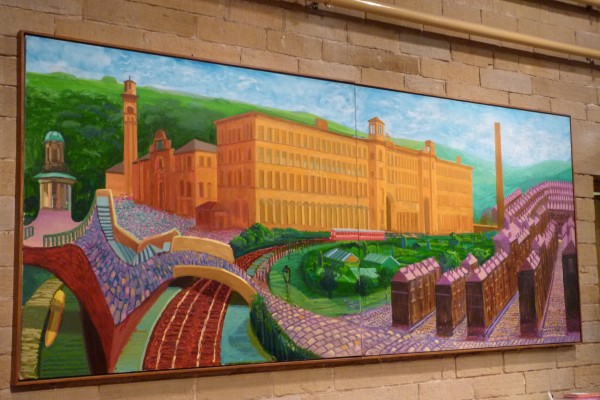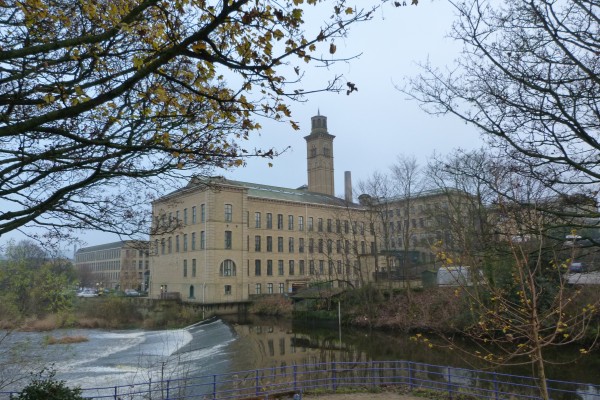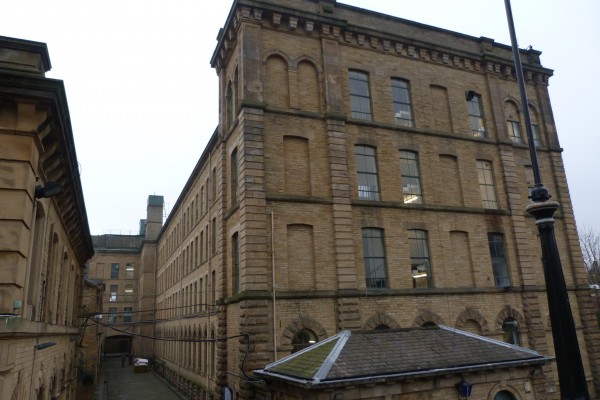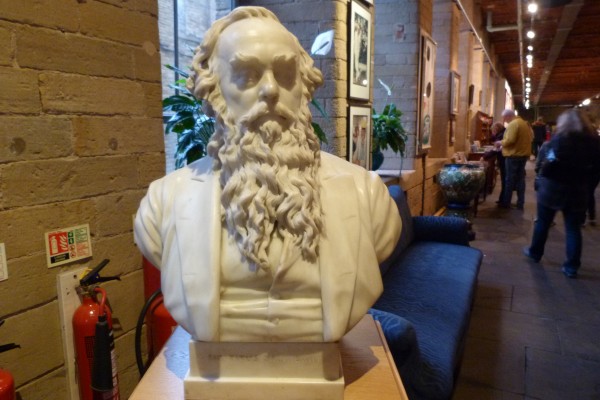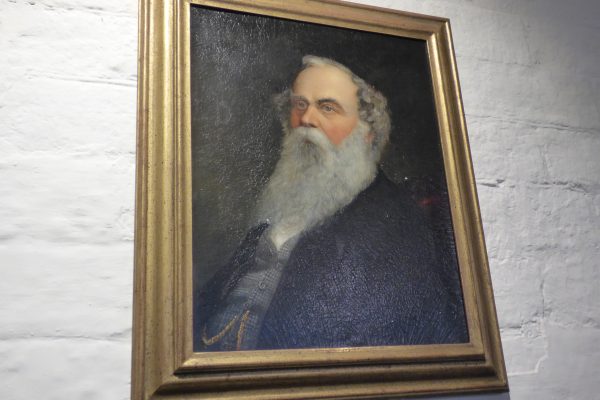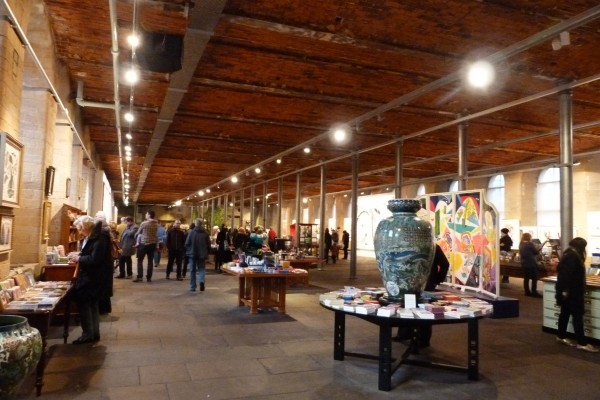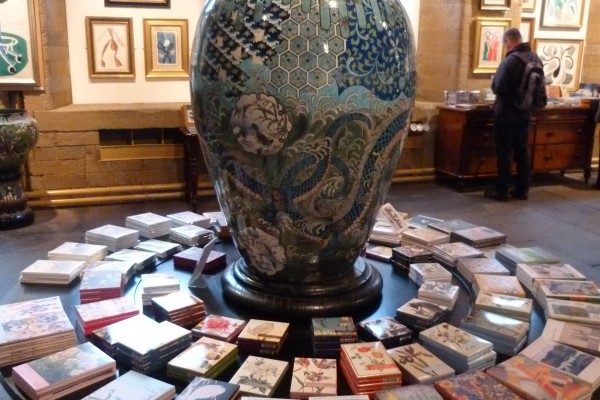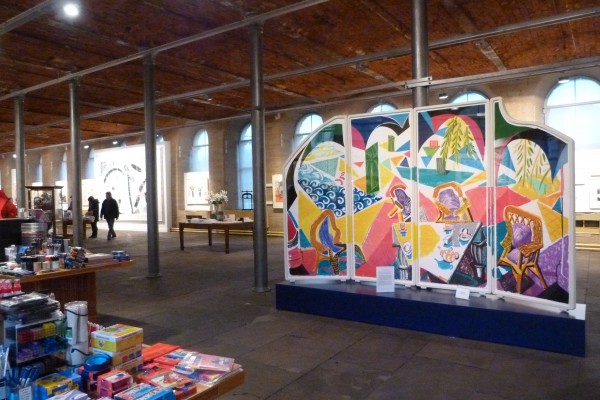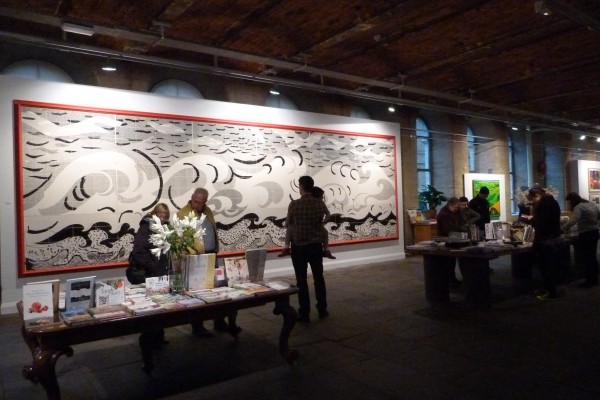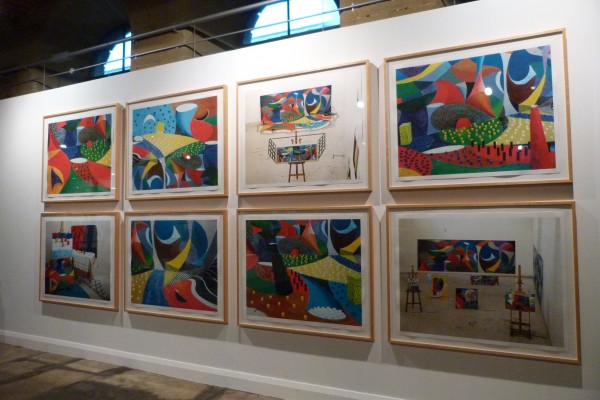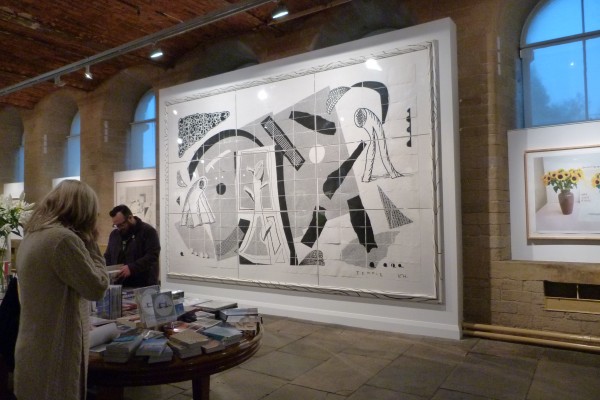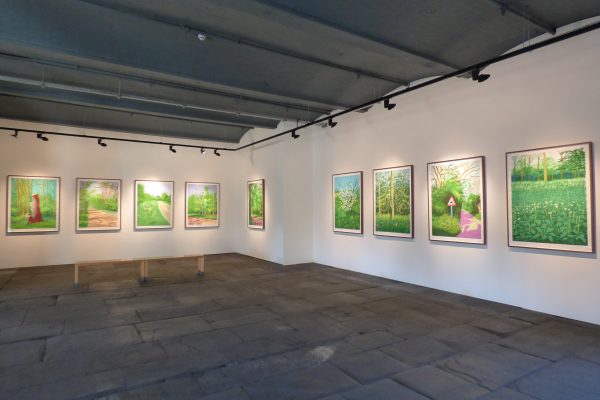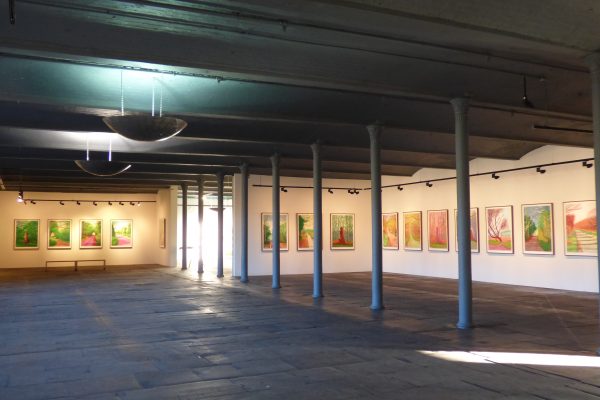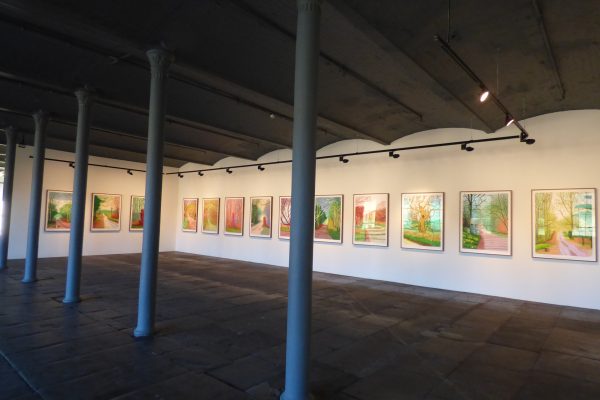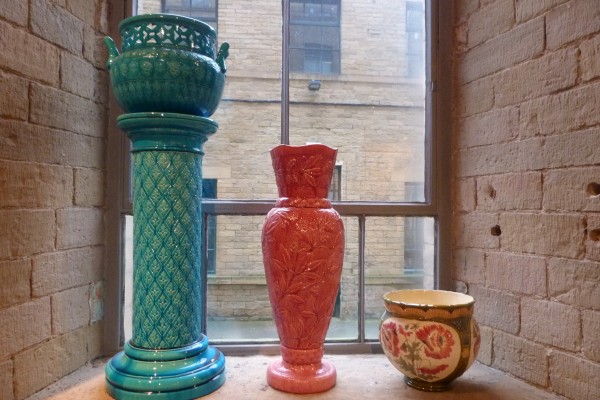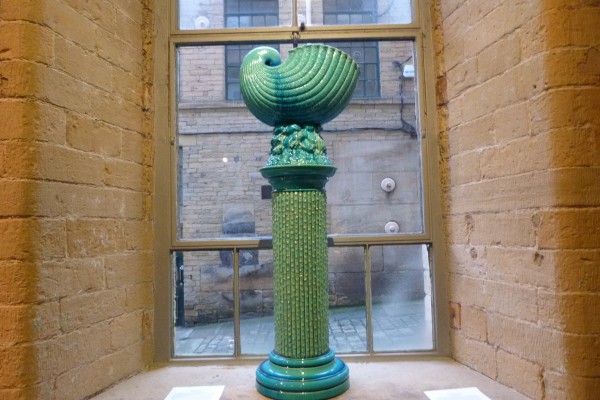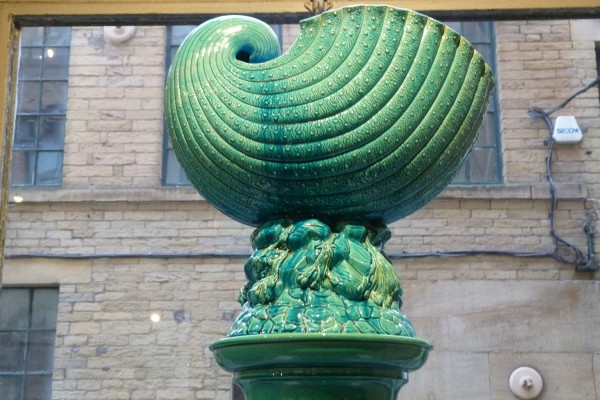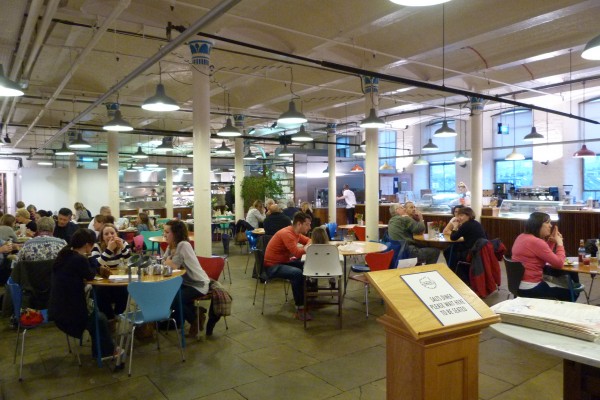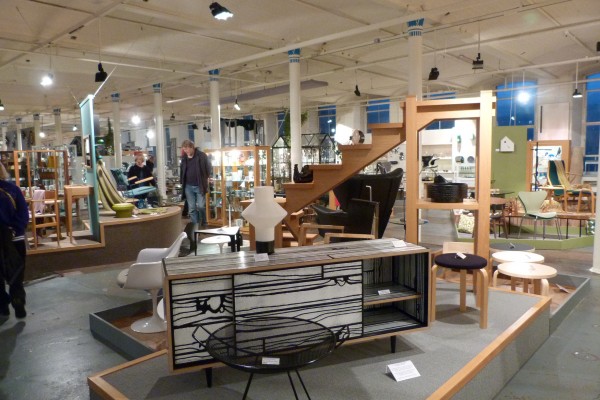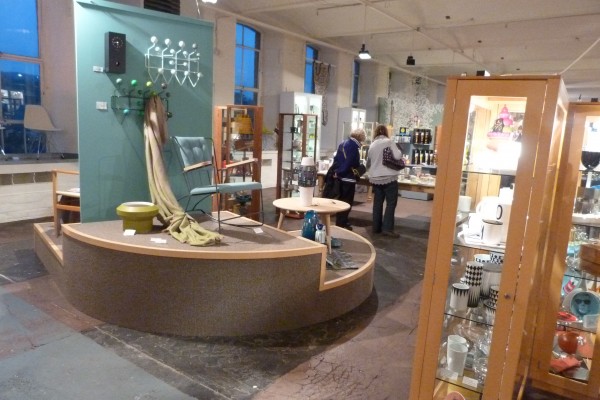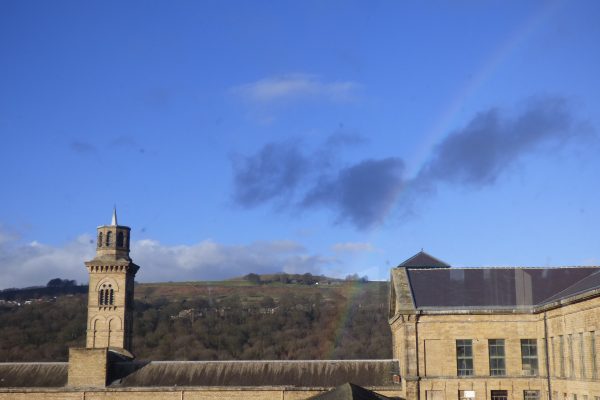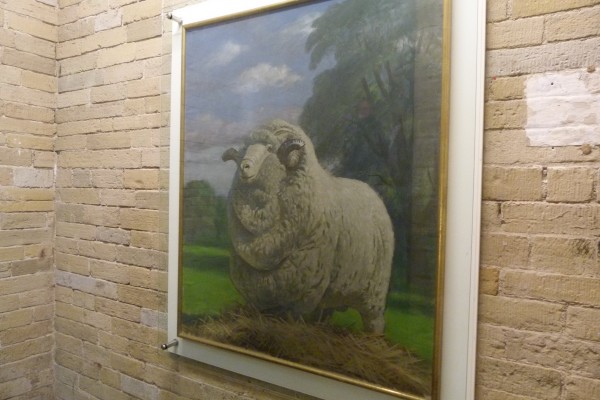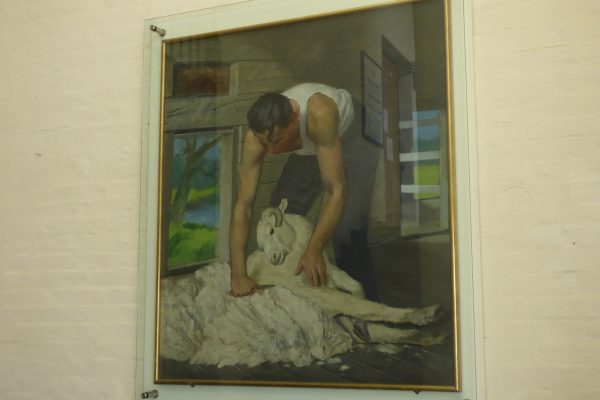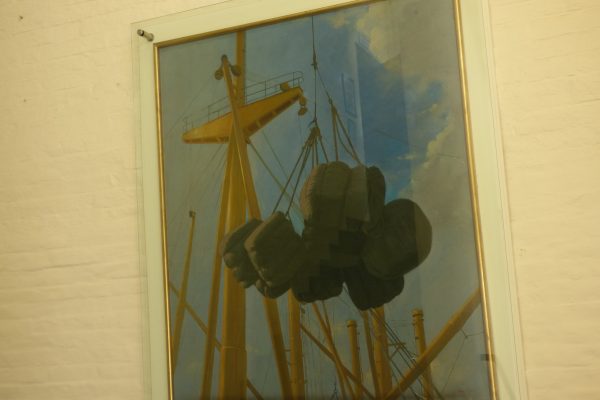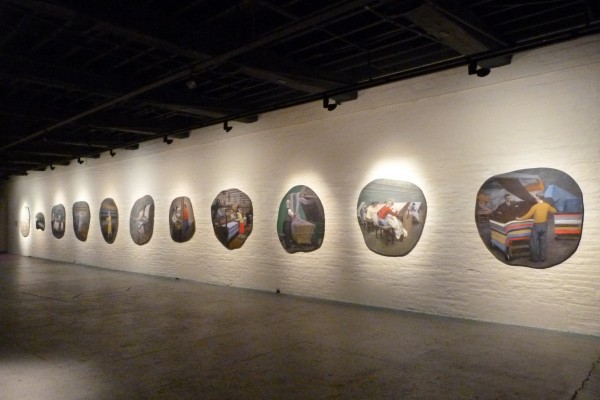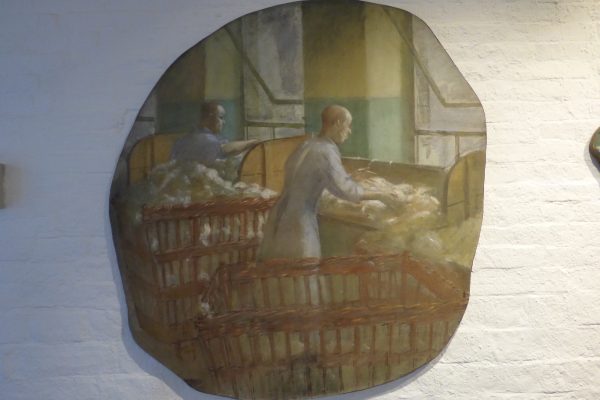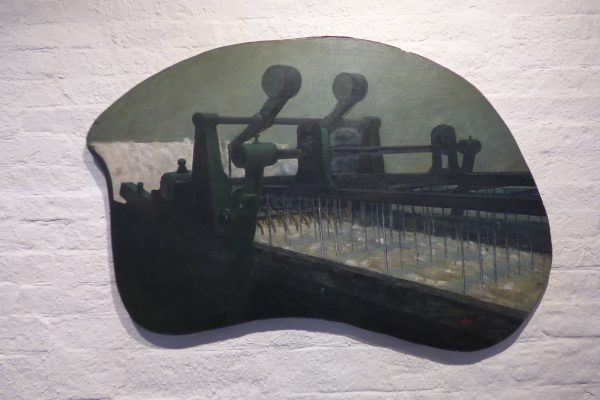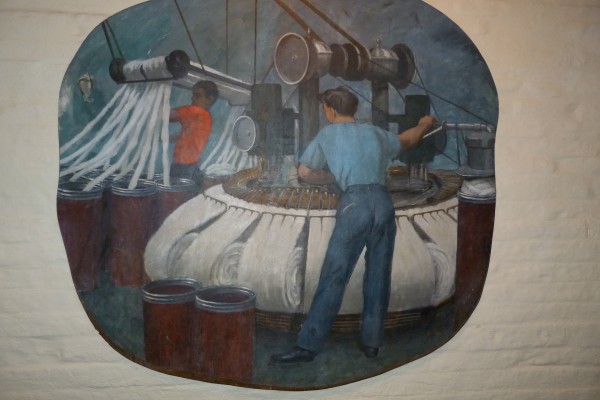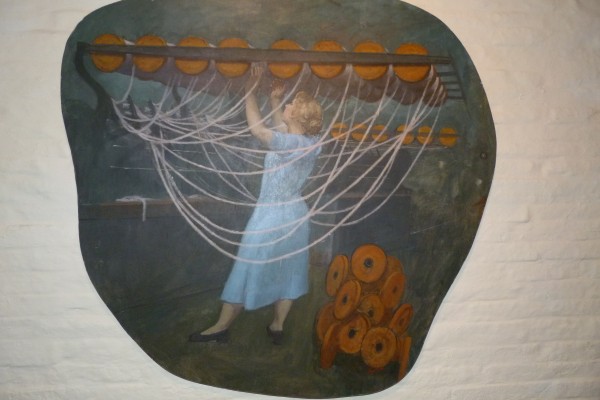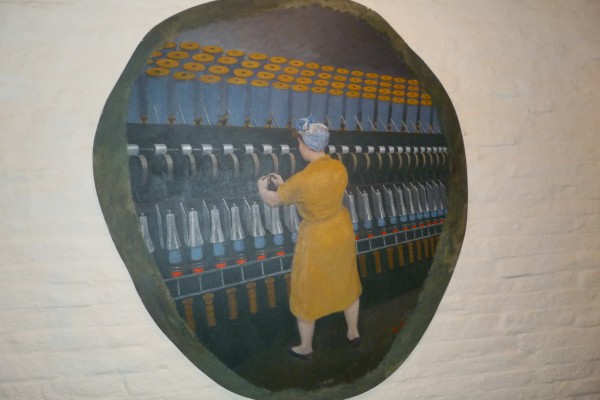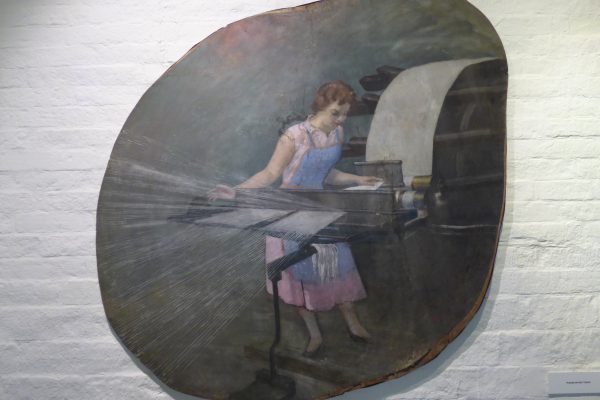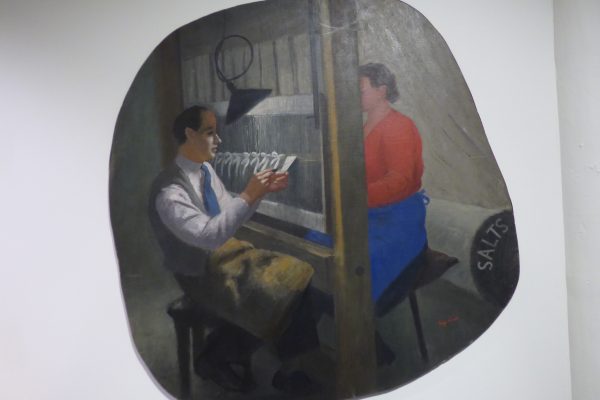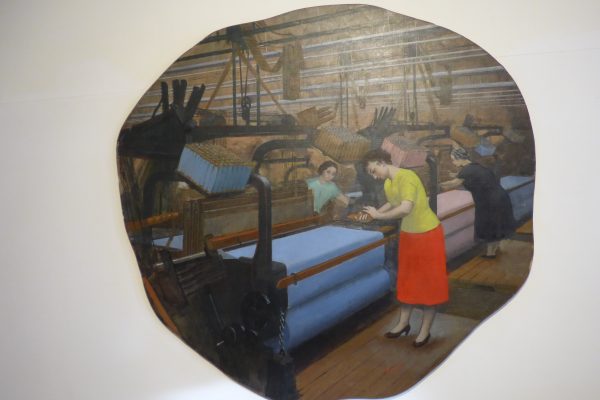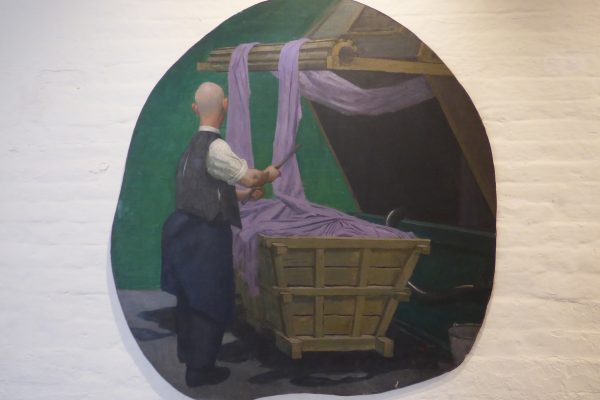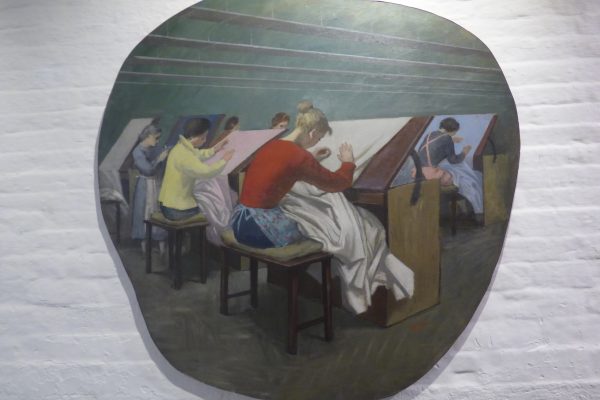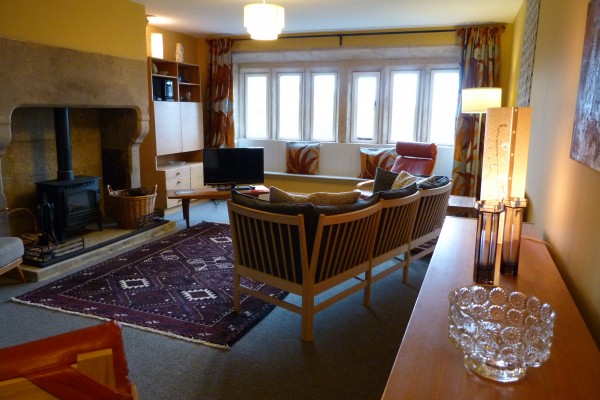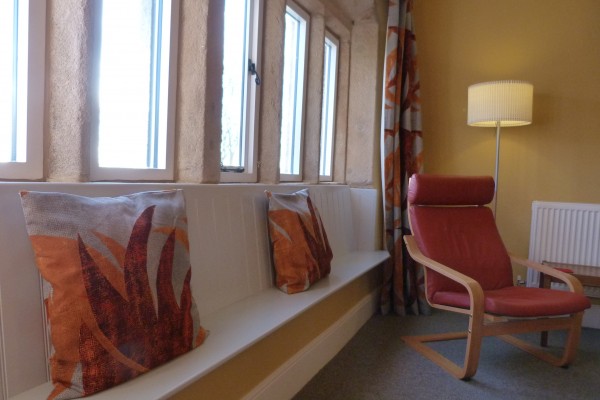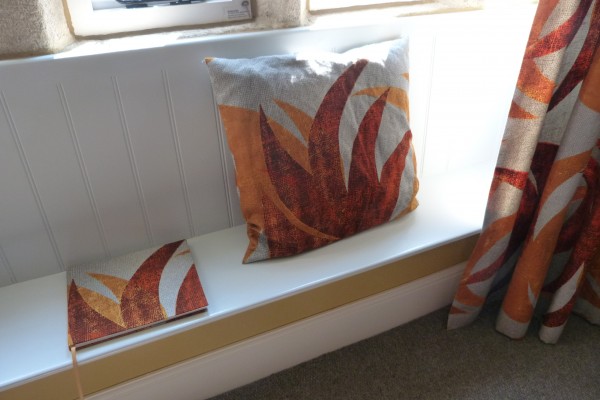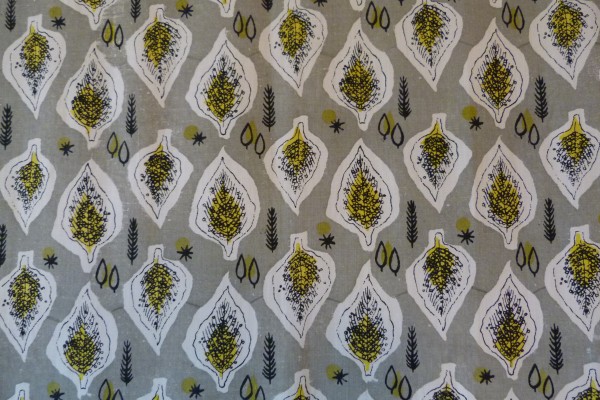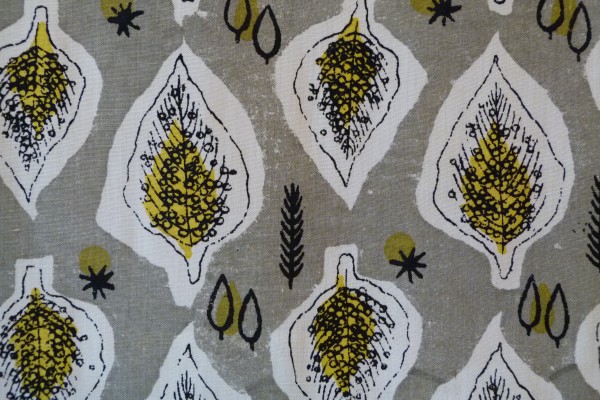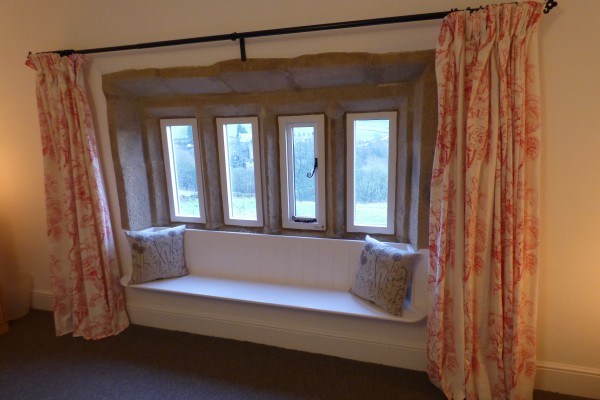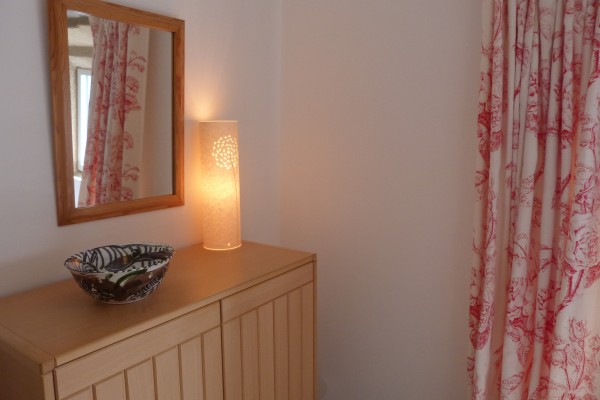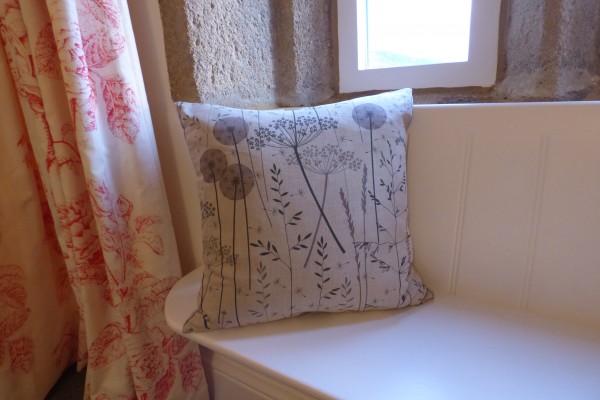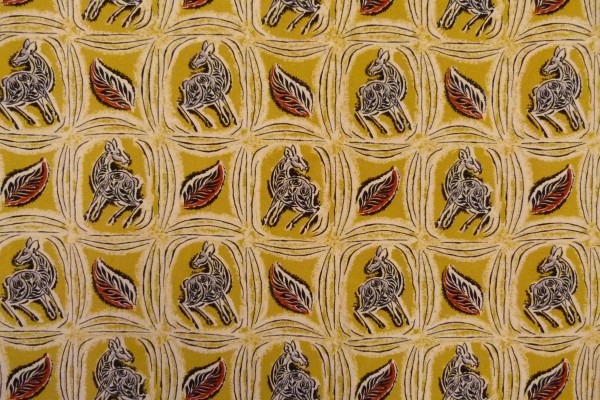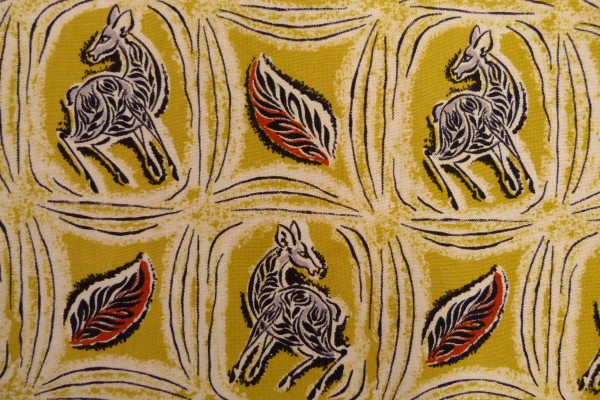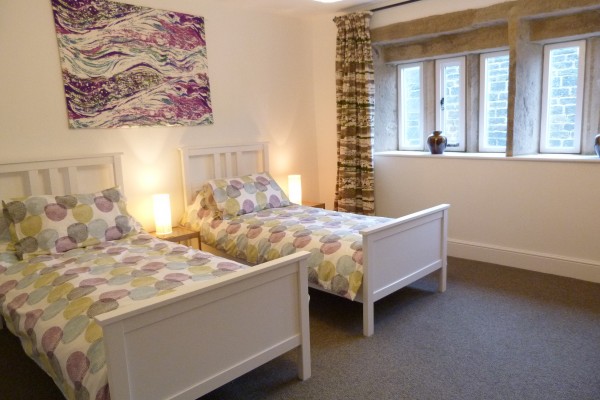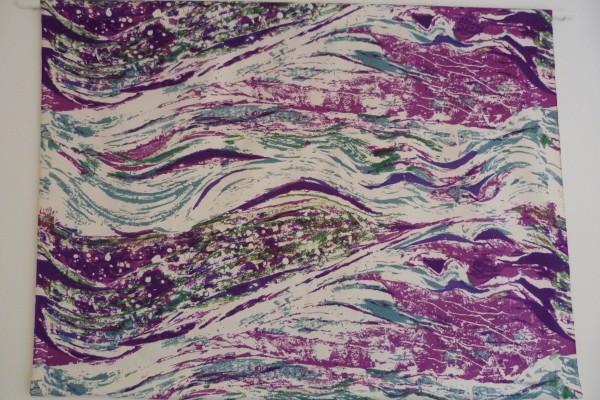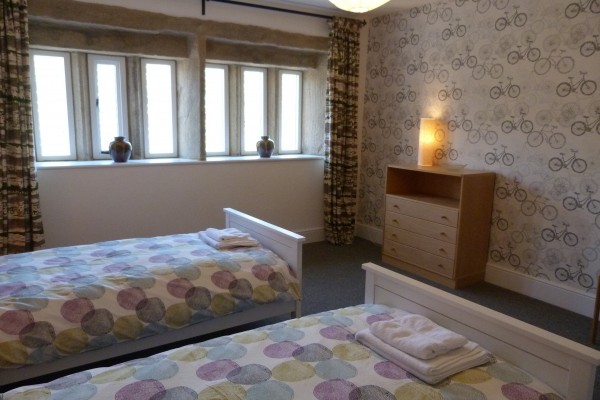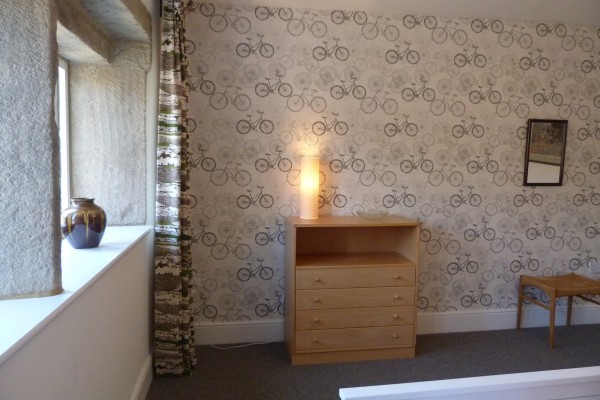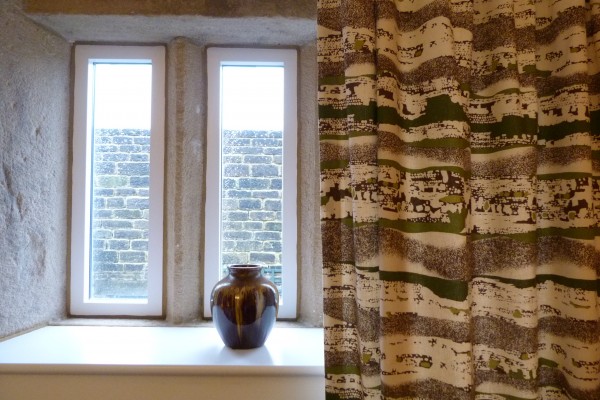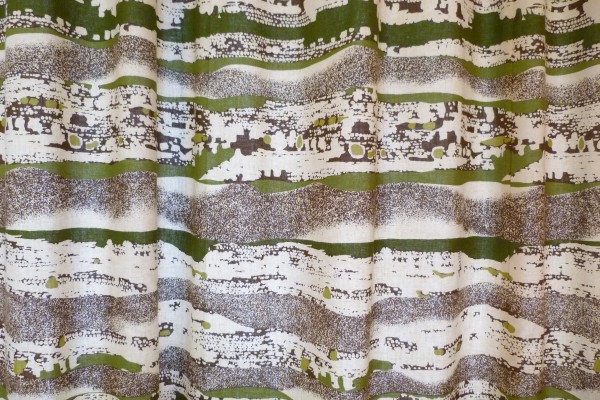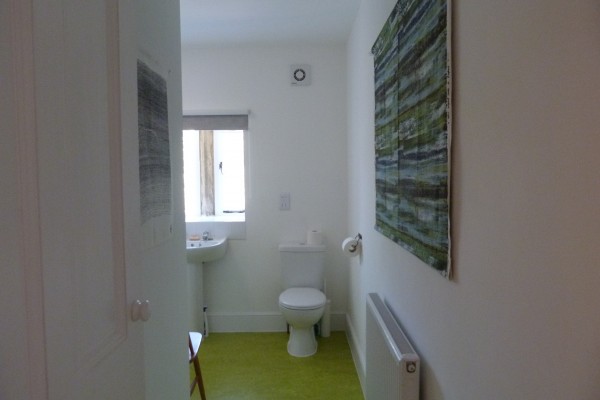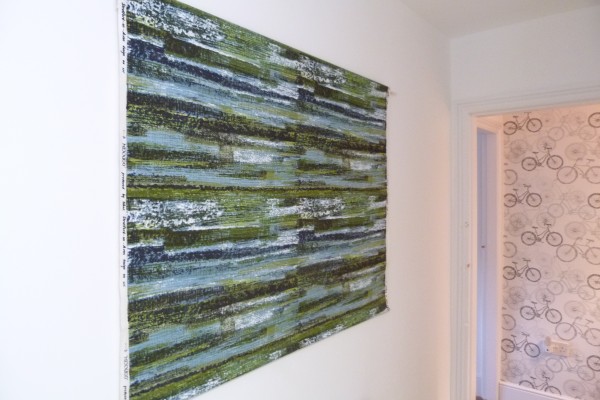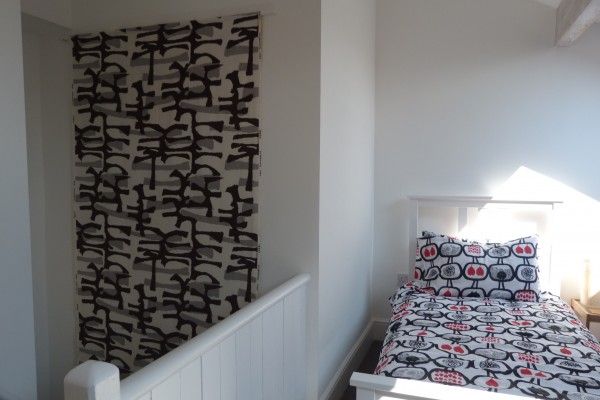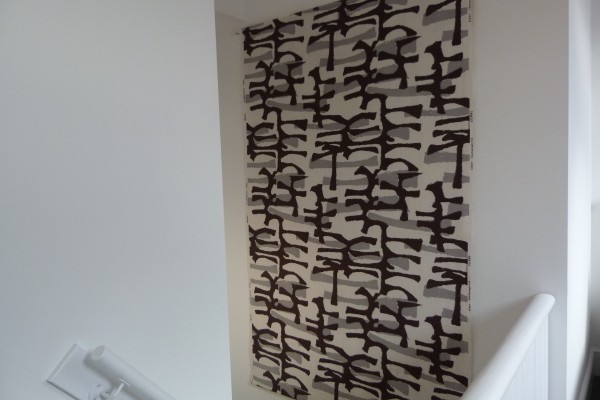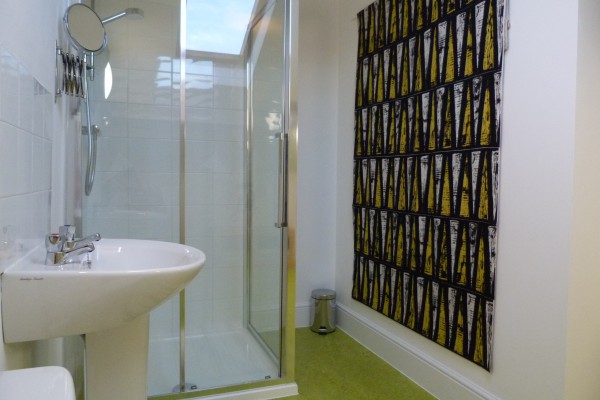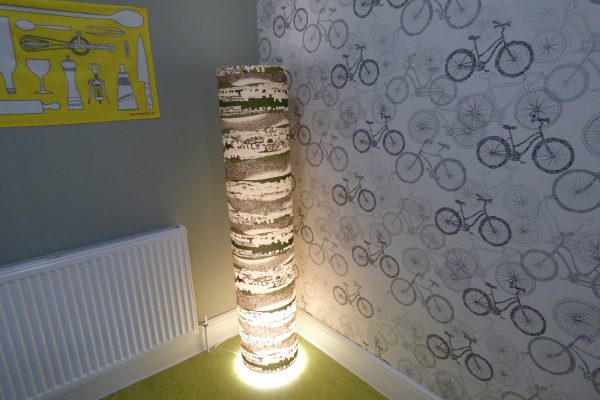Categories
- Architectural Gems
- Art & Design at Elmet
- Autumnwatch
- Barry the Barn Owl
- Birds & Wildlife
- Bluebells
- Bronte Sisters
- Canals
- Deer
- Fay Godwin & Martin Parr
- Film and TV Locations
- Galleries & Museums
- Gardens
- Gentleman Jack
- Hardcastle Crags
- Hay Meadows
- Heather
- Hebden Bridge
- Hebden Bridge Handmade Parade
- Hebden-Born and Bred
- Lambs
- Local Countryside
- Mid-Century Modern
- Springwatch
- Ted Hughes & Sylvia Plath
- Winterwatch
- Yorkshire Dales
-
Recent Posts
- Fountains Abbey and Studley Royal
- Hebden Bridge Handmade Parade
- Gentleman Jack
- Saltaire UNESCO World Heritage Site
- Birds of many Feathers
- Mid-Century Modern Design
- Brimham Rocks
- Snowmageddon
- The Old Ways – Limers Gate
- Architectural Gems of Leeds
- Glorious Gardens
- Piece Hall Halifax
- Bingley Five Rise Locks
- Heavenly Heather
- Walk on the Wild Side at Widdop
- Hiking in Hardcastle Crags
- Deer oh Deer!
- Making Hay while the Sun Shines
- Jumble Hole Clough
- Bluebell Bonanza
- Tree-mendous!
- Purple Haze
- Bilberry Stories
- Whoosh! Castle Carr Fountain
- Lovely Little Lambs
- Bluebellerama!
- River of Mist
- Delve into the Dales
- It’s Cold in Colden!
- 10 Facts about Hebden Bridge
- Parcevall Hall Gardens
- Higgledy Piggledy Hebden Houses
- Striding up Stoodley Pike
- Autumn in Luddenden Dean
- Marvellous Mid-Century Fabrics
- Hebden Bridge
- Ted Hughes and Remains of Elmet
- Barry the Barn Owl
Tag Archives: #textiles
Mid-Century Modern Design
MidCentury Design Delights at Elmet Farmhouse
Elmet Farmhouse is full of surprises. That’s why our guests enjoy it so much, because every room contains unexpected design delights. Wherever you go, there are inspiring things to look at, not just in the living room but in the kitchen, bedrooms and bathrooms as well.
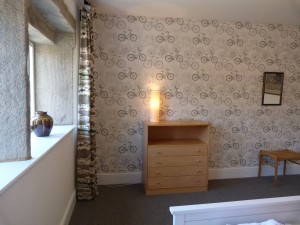
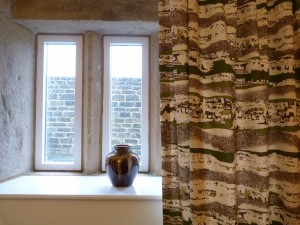
An intriguing mixture of ancient and modern, the interiors blend original 18th century features with choice vintage and contemporary design. A holiday cottage like no other, Elmet Farmhouse is wonderfully quirky and totally unique.
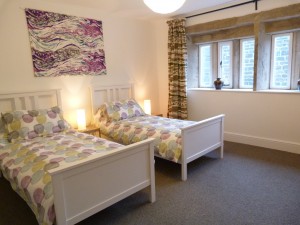
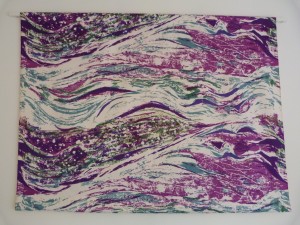
Mid-Century Modern Textiles
One of the most popular features at Elmet are the striking vintage fabrics used throughout the farmhouse for curtains, cushions and textile hangings. Specially chosen by design historian Lesley Jackson, who decorated and ‘curated’ the interiors, the fabrics date from the 1950s and 60s, an extremely rich period for textile design.
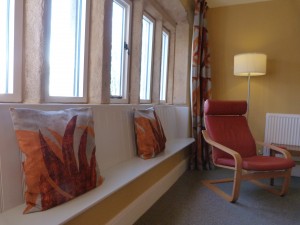
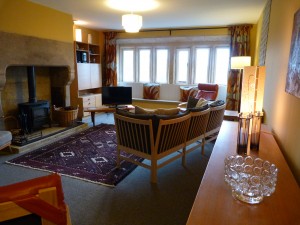
Highlights include the magnificent Edinburgh Weavers curtains and cushions in the living room, screen-printed with an arresting large-scale design called Kalabu, dating from the late 1960s. The heavy linen cloth was woven at Edinburgh Weavers’ mill in Carlisle and the fabric was printed in Lancaster by their sister company, Standfast Dyers and Printers, who are still going strong today.
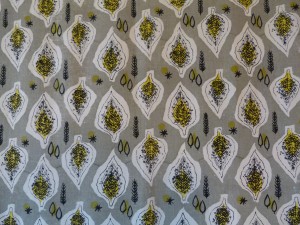
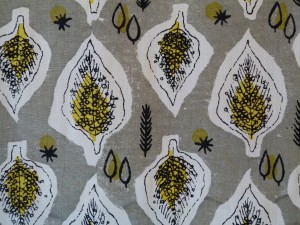
Hanging on the wall in the lounge is a delightful stylised leaf-patterned fabric by Joan Charnley, a local designer who studied at Manchester School of Art and designed for Edinburgh Weavers. Hand screen-printed on rayon by the designer herself, it reflects the early post-war ‘Contemporary’ design aesthetic associated with Lucienne Day.
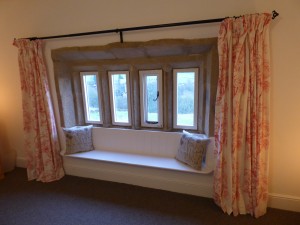
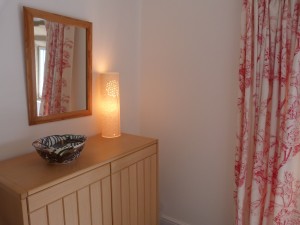
Upstairs in the front bedroom are some beautiful chintz curtains hand screen-printed by Hull Traders, an outstanding local company based less than 20 miles away at Trawden, near Colne. The pattern is called Rose Branch and was designed by Guy Irwin in 1958.
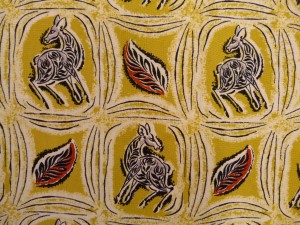
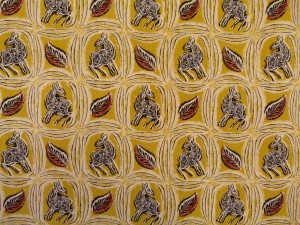
The deer and leaf-patterned printed fabric hanging on the wall in the front bedroom is by David Whitehead, another important Lancashire firm based not far away at Rawtenstall. Designed by Cawthra Mulock in 1955, it epitomises the vibrant colours and dynamic graphic style of the post-war era.
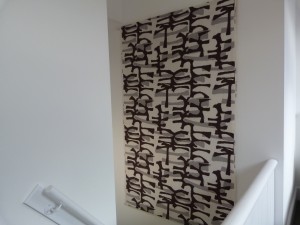
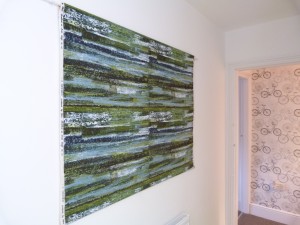
Elmet Farmhouse features two impressive ‘Textureprints’ by Hungarian-born textile designer Tibor Reich, produced in the mid 1950s for his company Tibor. A long length of Coral, a striking black and grey design with overlapping organic motifs, hangs in the attic stairwell.

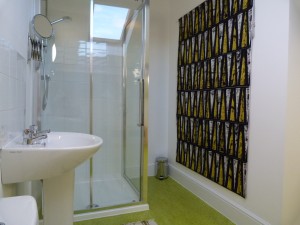
Some of these textiles are available to buy through our Etsy shop: MidcenturyFabrics. To visit the shop and see the current catalogue, click here
Mid-Century Modern Furniture
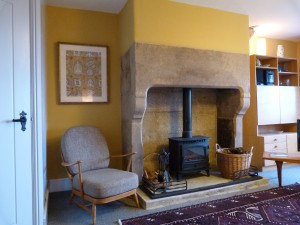
Elmet Farmhouse also contains a fine collection of MidCentury Modern furniture. Ercol – one of the leading British furniture manufacturers of the post-war period – features prominently. There’s a comfortable armchair from Ercol’s Windsor Contemporary range next to the fireplace in the living room. An Ercol classic dating from 1953, the 203 Bergere Easy Chair was specially re-upholstered at the Ercol factory in Buckinghamshire, which is still going strong today.
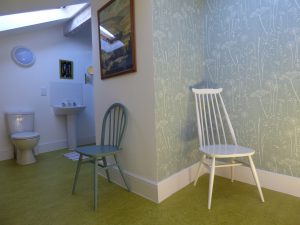
Upstairs in the bedrooms and bathrooms are two more Ercol icons, the 369 Goldsmith’s Dining Chair and the 400 Chair, dating from 1957-58. Made from a combination of beech and elm, both have the familiar Ercol stick backs, inspired by traditional Windsor chairs. The 400 Chair, a descendant of Ercol’s legendary 4A Chair developed for the Utility furniture scheme during the Second World War, features Ercol’s trademark steam-bent bow frame.
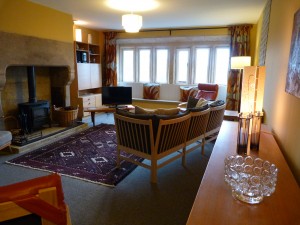
Elmet Farmhouse also contains some choice pieces of Scandinavian Modern furniture in warm-coloured natural wood. The beech-framed stick-back Kadett Sofa in the living room is by O&M Design for the Danish firm Skippers Mobler. This piece dates from the 1990s but was inspired by Borge Mogensen’s Spokeback Sofa, conceived in 1945.
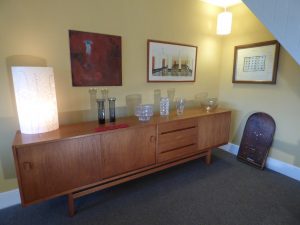
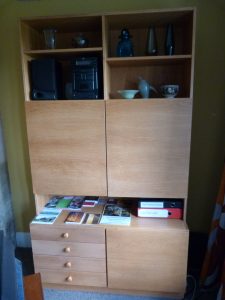
The stylish Arild Sideboard was designed by Nils Jonsson for the Swedish firm Troeds in 1961. Made of teak, the sleek form of this long low credenza displays the clean lines of post-war Modernist design. It is complemented by the light oak wall cabinet in the opposite corner of the room. Made by the Danish company Faarup Mobler, it was designed the architect Ib Kofod Larsen, who also did freelance work for the G-Plan in the 1960s.
